Welcome to our comprehensive guide on Tucson weather by month. Nestled in the heart of Arizona’s Sonoran Desert, Tucson boasts a unique climate that offers a diverse range of experiences throughout the year. Whether you’re planning a visit or are a local looking to better understand the city’s weather patterns, this guide will help you navigate through each month with ease.
Tucson’s weather is characterized by its hot summers, mild winters, and pleasant spring and fall seasons. With over 300 days of sunshine annually, it’s no wonder that Tucson is a haven for outdoor enthusiasts and sun-seekers alike. From the sizzling highs of summer to the cooler, more temperate winter days, there’s always something to look forward to in Tucson.
In this guide, we’ll break down the typical weather conditions you can expect each month, helping you plan your activities and wardrobe accordingly. Whether you’re curious about the best time for hiking, attending festivals, or simply enjoying the outdoors, we’ve got you covered.
Visit our website to learn more and get started today! Click here.
Monthly Overview of Tucson Weather
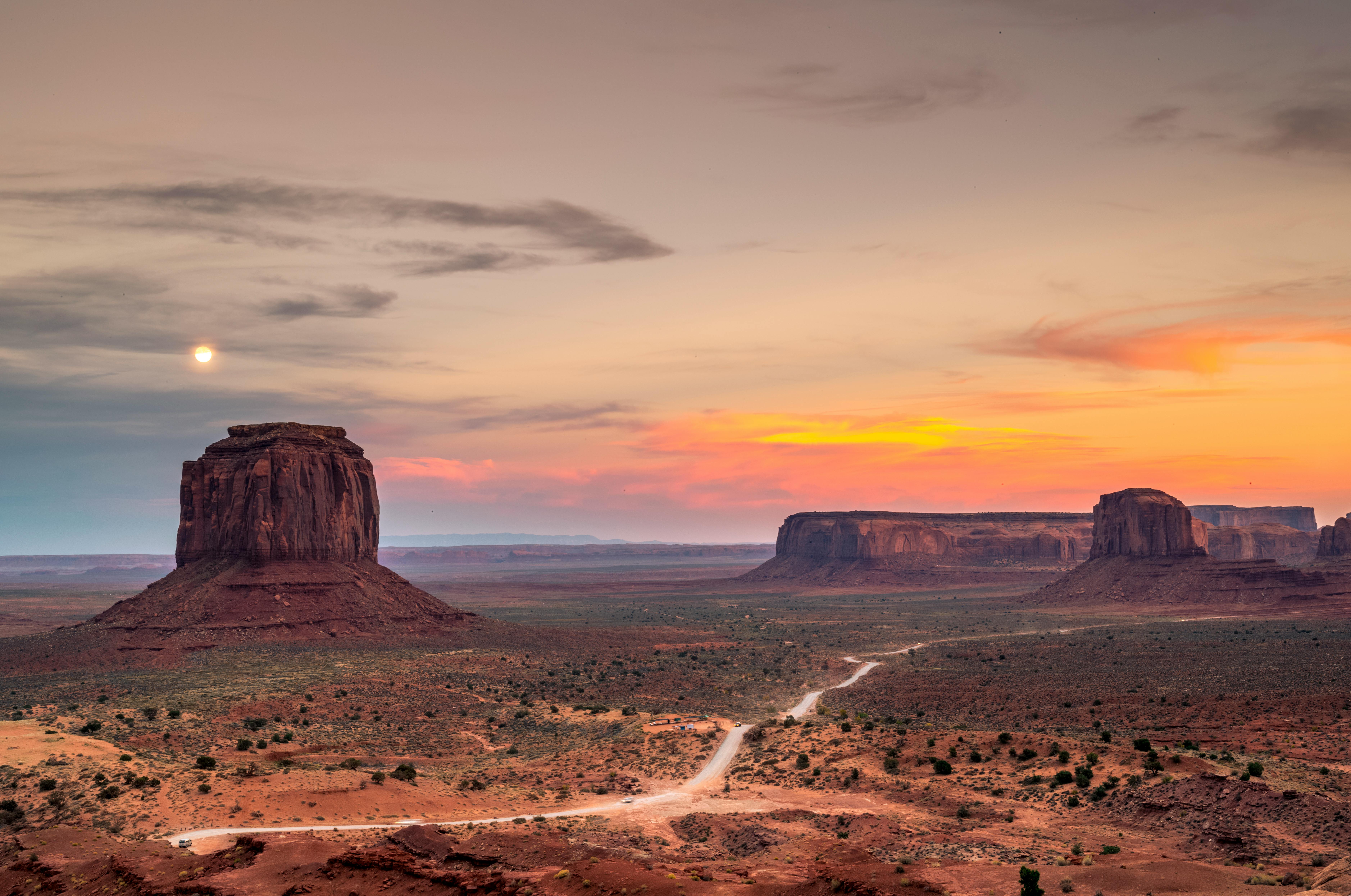
Diving into the monthly overview of Tucson weather, you’ll find that each month offers its own unique set of weather patterns and temperatures. This detailed overview will provide you with a month-by-month breakdown of what to expect, helping you make the most of your time in this vibrant city.
January: Starting the year on a mild note, January sees average highs around 65°F and lows around 40°F. It’s a great time for outdoor activities without the scorching heat.
February: Temperatures begin to rise slightly, with highs reaching around 70°F. The nights remain cool, making it perfect for stargazing or evening strolls.
March: Spring is in the air, with daytime temperatures climbing to about 75°F. The desert blooms, providing stunning natural scenery.
April: April brings warmer days, averaging around 80°F. It’s an ideal month for hiking and exploring Tucson’s natural beauty.
May: The prelude to summer, May sees temperatures reaching up to 90°F. It’s a good idea to start hydrating and seeking shade during the peak sun hours.
June: Summer hits in full force with highs often exceeding 100°F. Early morning and late evening become the best times for outdoor activities.
July: Known for its monsoon season, July offers a mix of high temperatures and sudden, refreshing rain showers. The storms can be spectacular to watch.
August: The monsoon season continues, with temperatures slightly cooler than July, averaging around 98°F.
September: As the monsoon season ends, temperatures start to drop, making it a pleasant time for outdoor events and festivals.
October: Fall arrives with temperatures around 85°F. The weather is perfect for pumpkin patches and fall-themed activities.
November: Cooler temperatures return, averaging around 75°F. It’s a great time to enjoy Tucson’s cultural events and outdoor markets.
December: The year ends with mild days and cooler nights, making it ideal for holiday celebrations and outdoor lights displays.
This monthly breakdown ensures you’re prepared for Tucson’s varying weather, allowing you to make the most of every season.
What to Expect in Winter Months
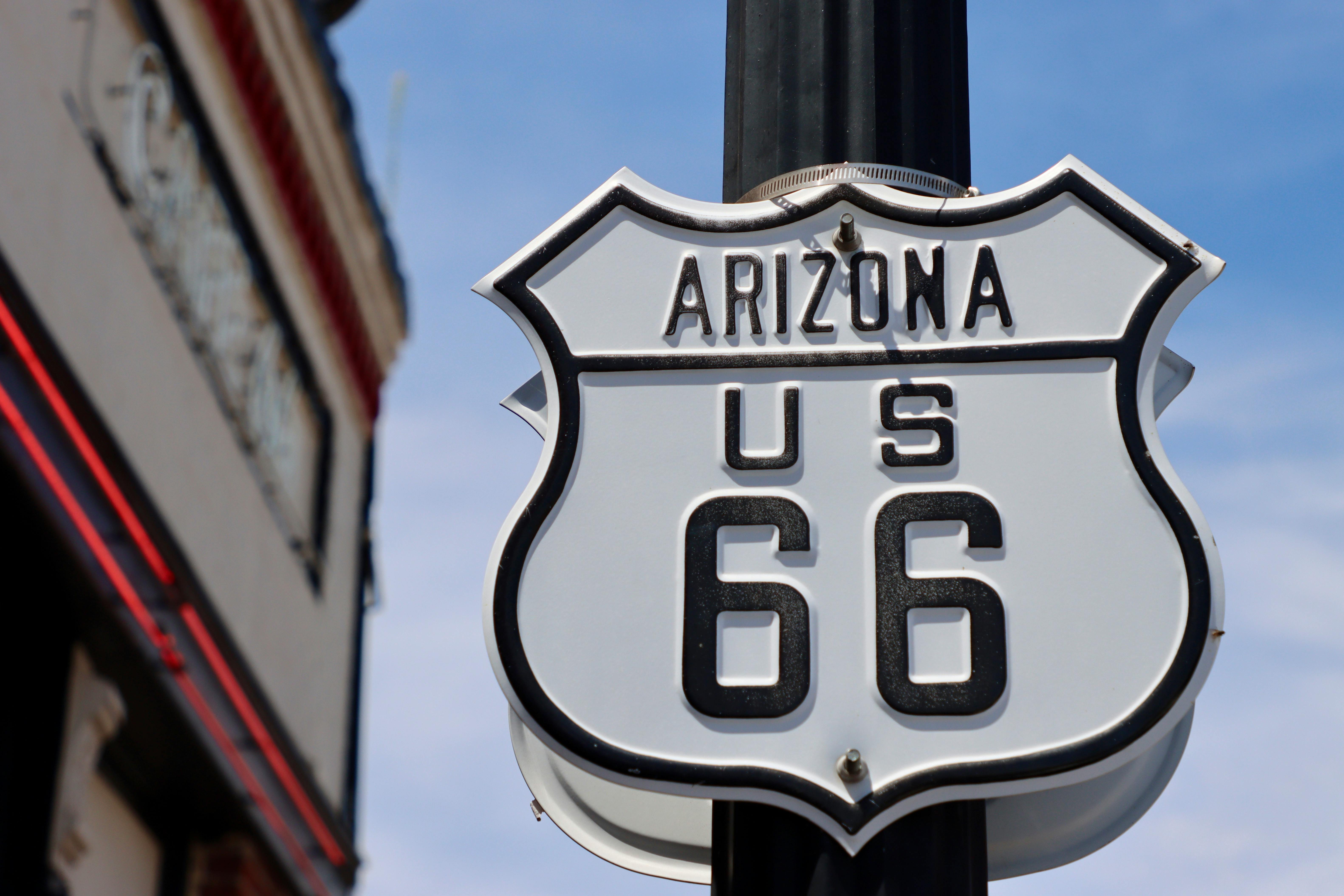
The winter months in Tucson, encompassing December, January, and February, offer a delightful escape from colder climates elsewhere. Winter in Tucson is characterized by mild temperatures, clear skies, and a unique desert charm that makes it an appealing destination for snowbirds and outdoor enthusiasts alike.
**December:** This month sees daytime highs averaging around 65°F, while nighttime lows can dip to the mid-30s. The days are sunny and dry, making it ideal for exploring Tucson’s numerous outdoor attractions, such as Saguaro National Park and the Arizona-Sonora Desert Museum. The evenings can be quite cool, so it’s wise to bring a warm jacket for nighttime activities.
**January:** January continues the trend of mild weather with average highs around 65°F and lows in the 40s. It’s a fantastic time for hiking, cycling, or simply enjoying the scenic beauty of Tucson’s desert landscapes. The air is crisp and fresh, and the occasional light frost in the early morning hours adds a touch of winter charm without the harshness of snow and ice.
**February:** As the last month of winter, February starts to show signs of warming up, with daytime temperatures reaching about 70°F. The nights remain cool, often in the low 40s. This month is perfect for outdoor festivals and events, such as the Tucson Gem and Mineral Show, which attracts visitors from around the world. The weather is generally stable, with minimal rainfall, ensuring plenty of sunshine for all your activities.
Overall, Tucson’s winter months provide a comfortable and enjoyable climate, perfect for those looking to escape the harsher winters up north. The city’s natural beauty and vibrant culture shine through, making it a fantastic time to visit.
Spring Weather in Tucson
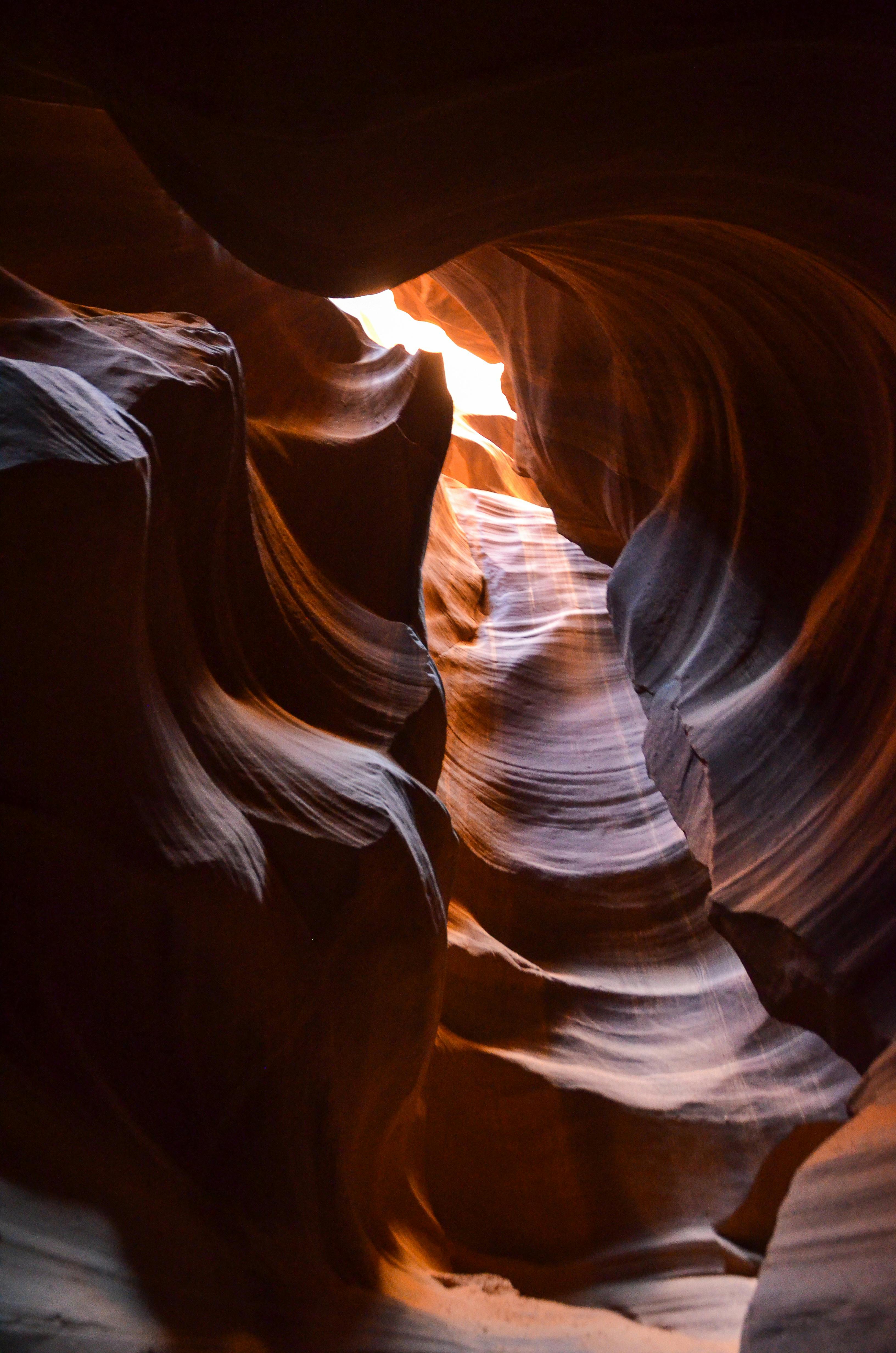
As the desert awakens from its mild winter slumber, spring in Tucson, spanning March, April, and May, offers a delightful period of blooming flowers, pleasant temperatures, and an array of outdoor activities. Spring weather in Tucson is characterized by warming temperatures, longer daylight hours, and minimal rainfall, making it an ideal time for visitors and residents alike to enjoy the natural beauty and cultural events of the region.
**March:** March marks the beginning of spring with average daytime highs around 75°F and nighttime lows in the mid-40s. The desert landscape starts to come alive with wildflowers, creating a vibrant backdrop for outdoor adventures. This is an excellent time for hiking, bird watching, and exploring Tucson’s many parks and nature reserves.
**April:** April sees a further increase in temperatures, with daytime highs averaging around 82°F and nighttime lows in the low 50s. The weather is typically dry and sunny, providing perfect conditions for outdoor festivals, such as the Pima County Fair and the Tucson Folk Festival. The pleasant climate makes it a great time to visit the Tucson Botanical Gardens or take a scenic drive up Mount Lemmon.
**May:** By May, temperatures continue to climb, with daytime highs reaching approximately 90°F and nighttime lows in the mid-60s. While the heat begins to intensify, the mornings and evenings remain comfortable, allowing for a variety of outdoor activities. This is a popular time for cycling, golfing, and exploring the historic sites of Tucson, such as Mission San Xavier del Bac and the Presidio San Agustín del Tucson.
Overall, spring in Tucson offers a harmonious blend of warm weather, blossoming flora, and vibrant cultural events. It’s a season that invites exploration and enjoyment, showcasing the unique charm and beauty of the desert landscape.
Summer Heat in Tucson
Summer in Tucson, covering June, July, and August, is known for its intense heat and unique desert climate. As temperatures soar, the city transforms into a hotbed of vibrant activities and natural phenomena. **Summer heat in Tucson** is something to experience, with temperatures often exceeding 100°F during the day and cooling down to the 70s at night. Despite the heat, this season has its own allure.
**June:** June is typically the hottest and driest month, with average daytime highs around 100°F and nighttime lows in the mid-70s. The clear skies and scorching sun make it essential to stay hydrated and wear sun protection. Many residents and visitors take advantage of indoor attractions, such as the Arizona-Sonora Desert Museum, and the cool respite of the Sabino Canyon’s shaded trails.
**July:** July heralds the arrival of the monsoon season, bringing a fascinating shift in the weather. While daytime highs still hover around 100°F, the monsoons provide much-needed relief with sudden, short-lived storms that cool the air and bring dramatic lightning displays. These storms typically occur in the late afternoon or evening, making mornings an ideal time for outdoor activities.
**August:** August continues the monsoon trend, with slightly lower daytime highs averaging 98°F and nighttime lows in the mid-70s. The increased humidity from the monsoons can make the heat feel more intense, but it also contributes to stunning sunsets and lush desert landscapes. This is a perfect time to explore the Saguaro National Park, where the cacti are in full bloom, and the desert is teeming with life.
Despite the extreme temperatures, summer in Tucson is a time of vibrant energy and natural beauty. The monsoon season adds an exciting dynamic to the weather, creating breathtaking skies and rejuvenating the desert. For those willing to brave the heat, Tucson offers a unique and rewarding summer experience.
Fall Climate and Conditions
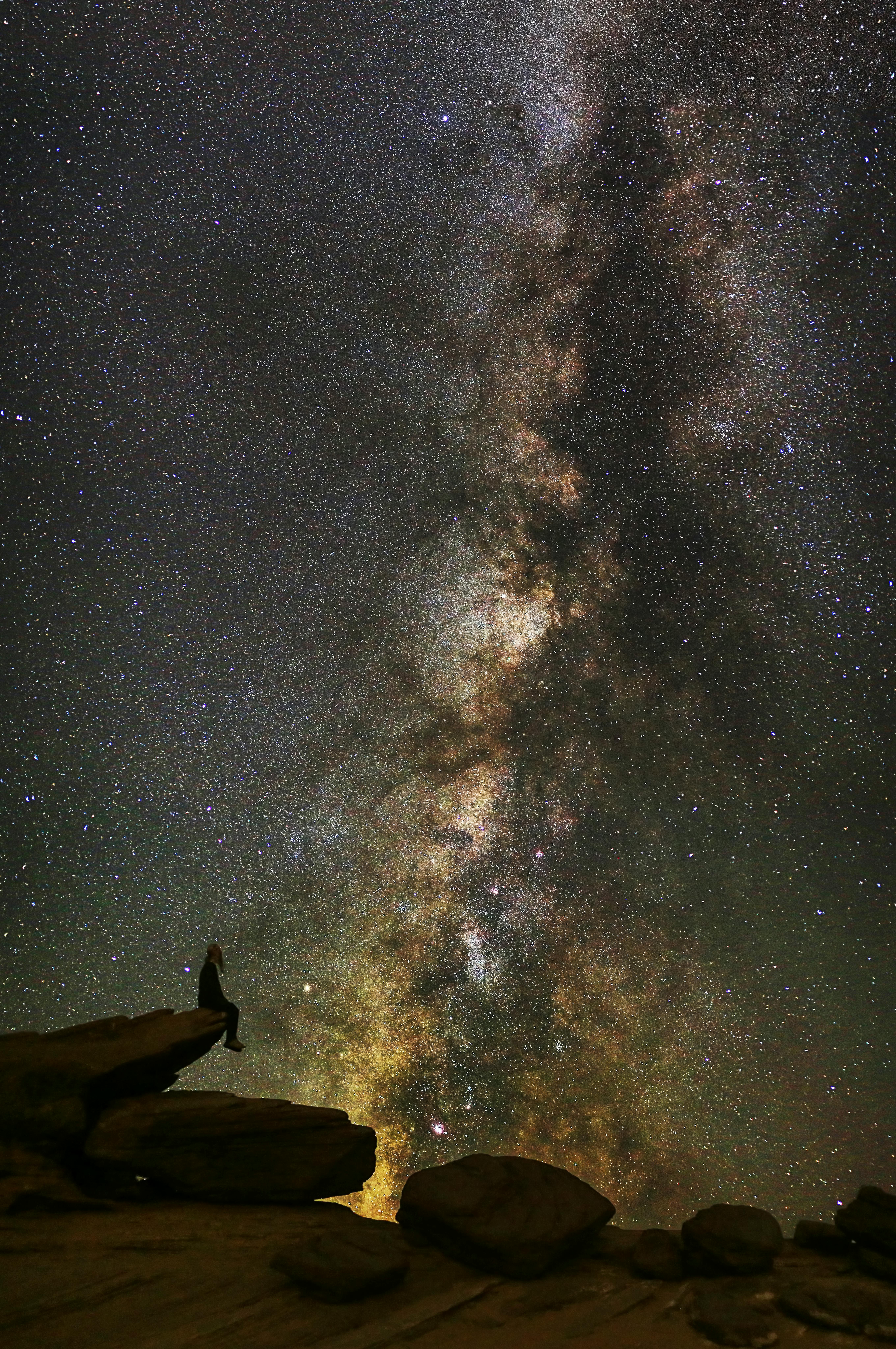
As summer’s intense heat starts to wane, fall brings a welcome change to the Tucson climate, covering the months of September, October, and November. This season is marked by more moderate temperatures and a transition towards cooler evenings, offering a perfect balance for outdoor activities and exploration.
**September:** September serves as a bridge between the sweltering summer and the milder fall months. Daytime temperatures generally range from the high 80s to low 90s, while nighttime temperatures dip into the 60s. The lingering monsoon rains can occasionally spill into early September, providing a refreshing change to the arid landscape and making this month a picturesque time for hiking and nature walks.
**October:** October is one of the most pleasant months in Tucson, with average high temperatures in the 80s and lows in the 50s. The clear skies and mild weather make it an excellent time for outdoor festivals, such as the Tucson Meet Yourself festival, and exploring the city’s numerous parks and gardens. The changing foliage adds a touch of autumn color to the desert scenery, making it a photographer’s delight.
**November:** November continues the trend of cooling temperatures, with daytime highs in the 70s and nighttime lows in the 40s. This month is perfect for outdoor adventures without the need for heavy winter gear. The cooler weather makes it ideal for visiting attractions like the Pima Air & Space Museum or taking a scenic drive up Mount Lemmon, where you can enjoy breathtaking views and perhaps even catch the first snowfall of the season.
Fall in Tucson is a season of transformation and comfortable weather, making it an ideal time to explore all that this vibrant city has to offer. From festivals to hikes, there’s no shortage of activities to enjoy in the pleasant fall climate.
Visit our website to learn more and get started today! Click here.

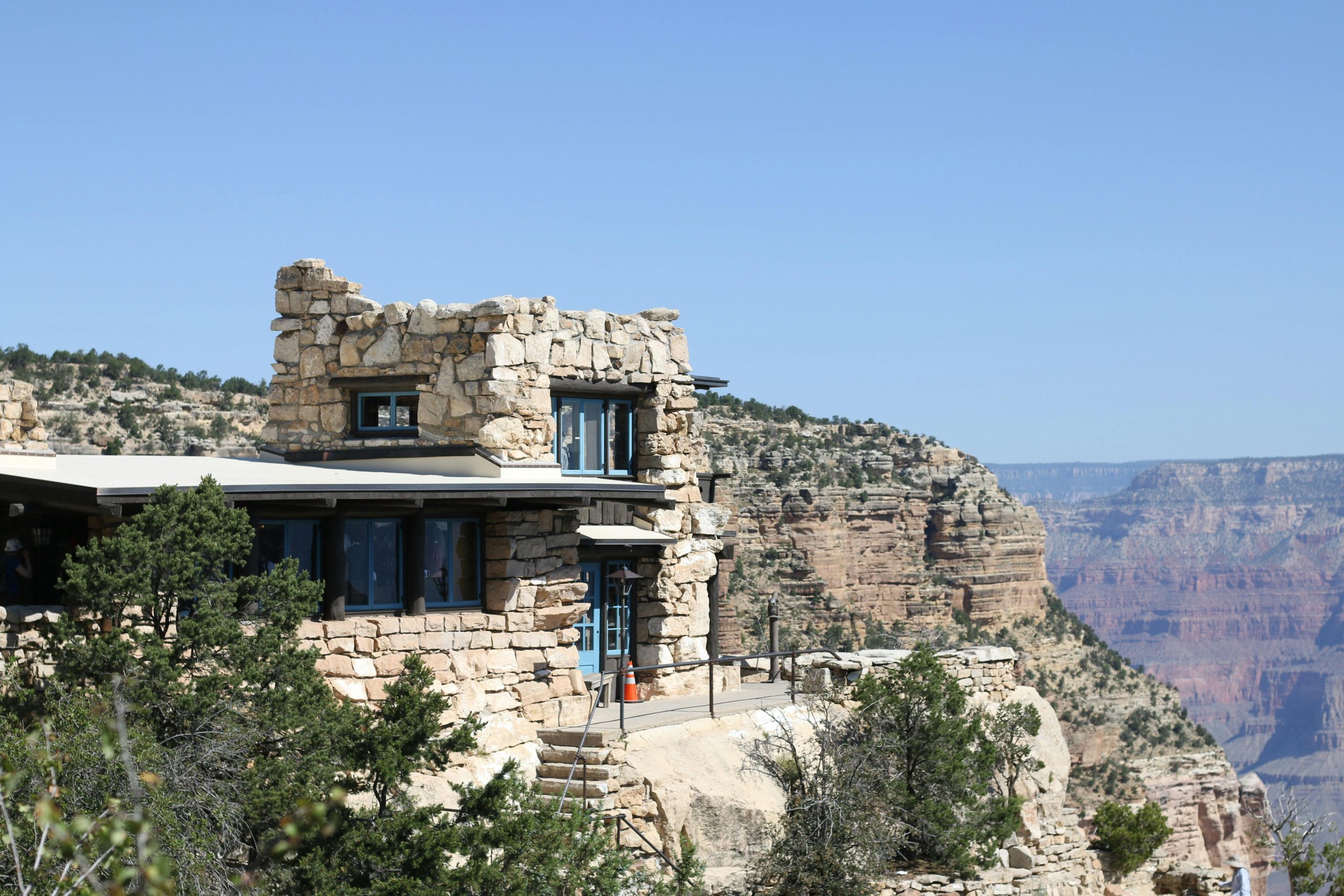
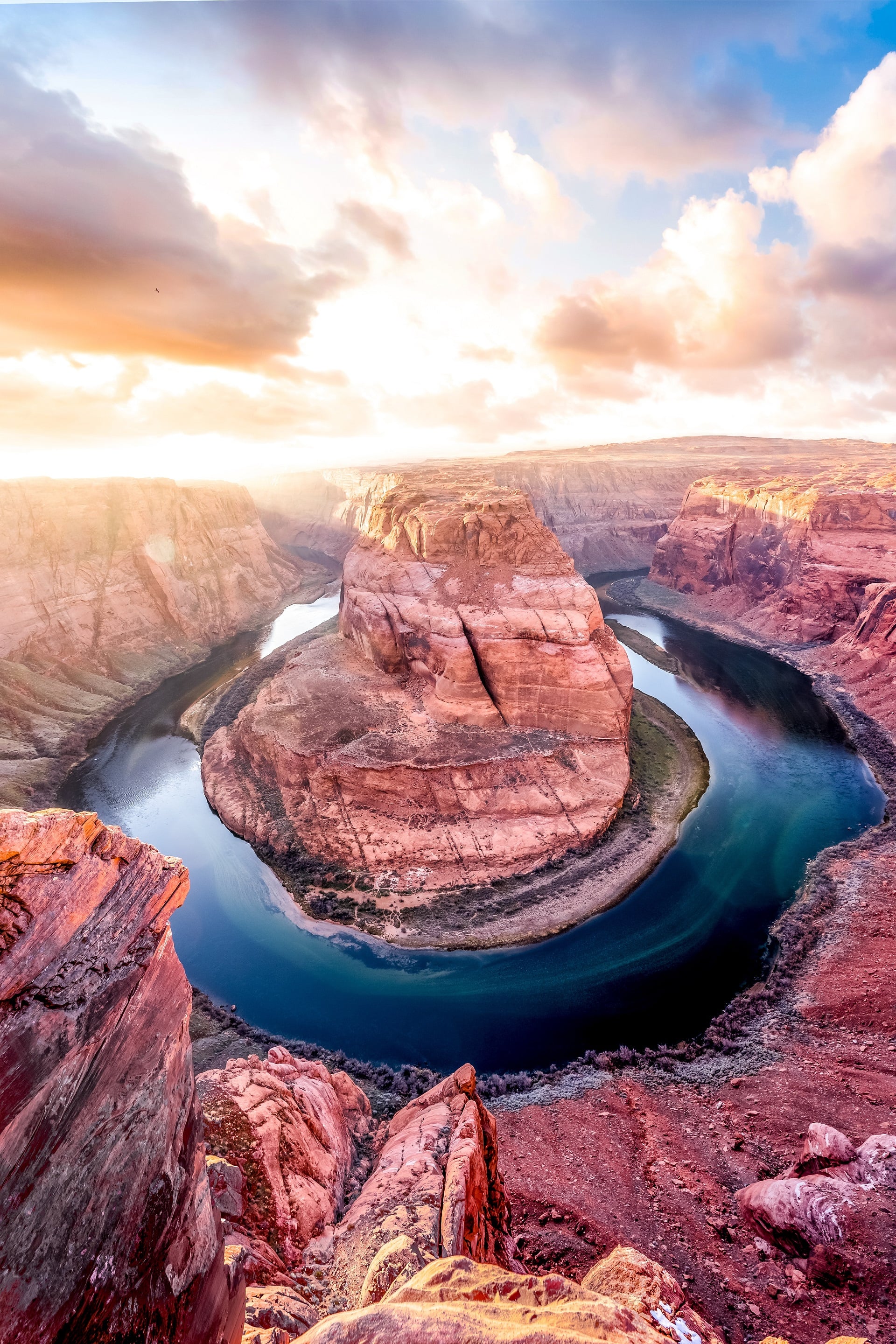
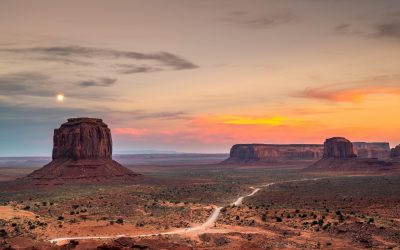


0 Comments